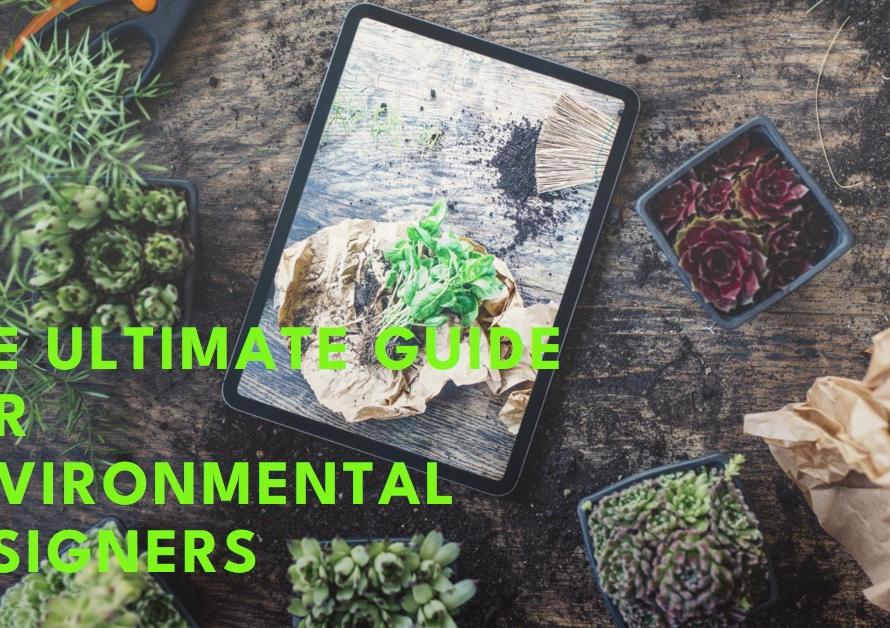
Table of Contents
- Introduction to Exterior Aesthetics:
- The Power of Color in Exterior Design:
- Materials and Textures: Adding Depth and Character
- Architectural Styles and Their Aesthetic Impact:
- The Role of Landscaping in Enhancing Exterior Aesthetics:
- Lighting: Illuminating Beauty and Function
- Creating Harmony with Surroundings:
- Sustainable and Eco-Friendly Exterior Design:
- Personalization and Unique Design Elements:
- Future Trends in Exterior Design Aesthetics:
- Conclusion: Crafting Timeless Exteriors
Introduction to Exterior Aesthetics:
In the realm of architecture and design, exterior aesthetics serve as the first impression of a structure. The visual appeal of a building’s exterior not only sets the tone for what lies within but also reflects the personality and values of its inhabitants or owners. Consequently, understanding and mastering exterior design aesthetics is paramount for architects, designers, and homeowners alike.
Exterior design encompasses various elements, from materials and color schemes to landscaping and lighting. By thoughtfully integrating these components, one can create harmonious and visually stunning exteriors that stand the test of time. This blog post delves into the key aspects of exterior design aesthetics, offering insights and inspiration to elevate your design projects.
The Power of Color in Exterior Design:
Color is a fundamental element in exterior design, capable of transforming the look and feel of a building. When chosen carefully, colors can enhance architectural features, create visual interest, and evoke specific emotions. The selection process should consider the building’s surroundings, architectural style, and the desired ambiance.
Neutral colors, such as whites, grays, and beiges, are timeless choices that offer versatility and sophistication. They can be paired with bold accents to highlight particular areas or features. On the other hand, vibrant hues like blues, reds, and yellows can infuse energy and personality into the exterior, making a bold statement. It’s essential to balance color choices to ensure cohesion and harmony within the overall design.
Materials and Textures: Adding Depth and Character
The choice of materials and textures significantly impacts the aesthetic appeal of a building’s exterior. Different materials convey various styles and feelings, from the rustic charm of natural stone to the sleek modernity of metal and glass. Incorporating a mix of materials can add depth and character, creating a dynamic and engaging façade.
Brick, wood, and stucco are popular traditional materials that bring warmth and timelessness to exterior designs. Conversely, contemporary designs often feature concrete, steel, and large glass panels, emphasizing minimalism and clean lines. By blending these materials thoughtfully, designers can achieve a balanced and aesthetically pleasing exterior that resonates with both traditional and modern sensibilities.
Architectural Styles and Their Aesthetic Impact:
Understanding different architectural styles is crucial for creating exteriors that are both aesthetically pleasing and true to their design principles. Each style has its unique characteristics and historical context, which influence the overall aesthetic.
For example, Victorian architecture is known for its ornate details, asymmetrical shapes, and vibrant colors, creating an eclectic and visually rich exterior. In contrast, Mid-Century Modern design emphasizes simplicity, functionality, and integration with nature, often featuring flat planes, large glass windows, and open spaces. By adhering to the defining elements of each style, designers can ensure authenticity and visual harmony in their projects.
The Role of Landscaping in Enhancing Exterior Aesthetics:
Landscaping plays a pivotal role in complementing and enhancing the aesthetic appeal of a building’s exterior. Well-designed landscaping can soften architectural lines, provide color and texture, and create a seamless connection between the structure and its natural surroundings.
Strategic placement of trees, shrubs, and flowers can frame the building and highlight its features. Additionally, incorporating elements like walkways, water features, and outdoor lighting can add layers of interest and functionality. A thoughtfully designed landscape not only boosts curb appeal but also creates a welcoming and harmonious environment.
Lighting: Illuminating Beauty and Function
Exterior lighting is a critical yet often overlooked aspect of exterior design. Proper lighting can highlight architectural features, enhance safety, and create an inviting ambiance. Different types of lighting, such as spotlights, pathway lights, and accent lights, can be used to achieve various effects.
For instance, wall-mounted fixtures can illuminate entryways and architectural details, while ground-level lighting can enhance pathways and garden areas. The choice of lighting fixtures should complement the overall design aesthetic and provide adequate illumination for both functional and decorative purposes. By integrating lighting thoughtfully, designers can enhance the building’s exterior aesthetics, making it stand out day and night.


Creating Harmony with Surroundings:
A building’s exterior should harmonize with its environment, whether it’s an urban landscape, a suburban neighborhood, or a rural setting. This harmony can be achieved through the choice of colors, materials, and landscaping that reflect and complement the surrounding area.
For urban settings, sleek, modern designs with neutral tones and minimalistic landscaping can blend seamlessly with the cityscape. In contrast, suburban and rural areas might benefit from more traditional designs with natural materials and lush greenery. By considering the context and surroundings, designers can create exteriors that feel integrated and cohesive within their environment.
Sustainable and Eco-Friendly Exterior Design:
Sustainability is becoming an increasingly important aspect of exterior design. Eco-friendly materials, energy-efficient lighting, and sustainable landscaping practices not only reduce environmental impact but also add a modern and conscientious aesthetic to the exterior.
Green roofs, solar panels, and rainwater harvesting systems are examples of sustainable features that can be incorporated into exterior designs. Additionally, using locally sourced materials and native plants can enhance sustainability while maintaining aesthetic appeal. By prioritizing eco-friendly practices, designers can create beautiful exteriors that are also environmentally responsible.
Personalization and Unique Design Elements:
Incorporating unique and personalized elements into exterior design can make a building stand out and reflect the personality of its owners. Custom features, such as unique door designs, personalized address plaques, or bespoke landscaping elements, add a touch of individuality and charm.
These personalized touches can be subtle or bold, depending on the desired effect. For instance, a distinctive front door color or an artistic sculpture in the garden can serve as focal points, creating visual interest and making a lasting impression. By infusing personal elements into the design, one can create an exterior that is truly one-of-a-kind.
Future Trends in Exterior Design Aesthetics:
As design trends evolve, so do the aesthetics of exterior design. Keeping abreast of emerging trends allows designers to create contemporary and forward-thinking exteriors. Current trends include a focus on sustainability, integration of smart technology, and a blending of indoor and outdoor spaces.
Smart home features, such as automated lighting and security systems, are increasingly being integrated into exterior designs for enhanced convenience and safety. Additionally, the trend towards biophilic design emphasizes a strong connection with nature, incorporating natural elements and organic forms into the exterior. By staying informed about future trends, designers can ensure their projects remain relevant and innovative.
Conclusion: Crafting Timeless Exteriors
Mastering the aesthetics of exterior design involves a careful balance of color, materials, architectural style, landscaping, and lighting. By considering each of these elements and how they interact, designers can create exteriors that are not only visually stunning but also harmonious and functional.
The ultimate goal is to craft timeless exteriors that resonate with their surroundings, reflect the personality of their inhabitants, and stand the test of time. With thoughtful design and attention to detail, any exterior can be transformed into a visual masterpiece, leaving a lasting impression for years to come.



